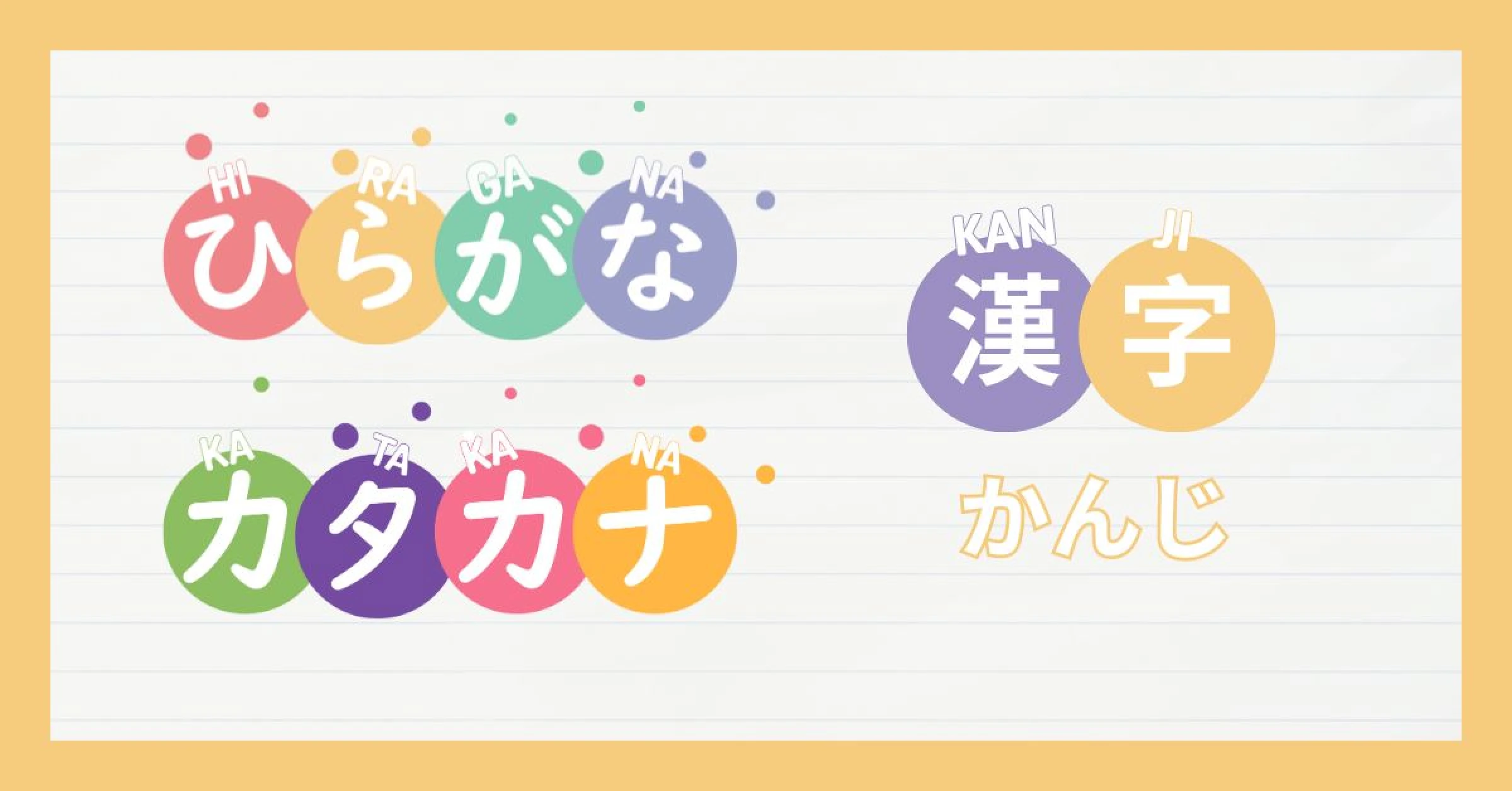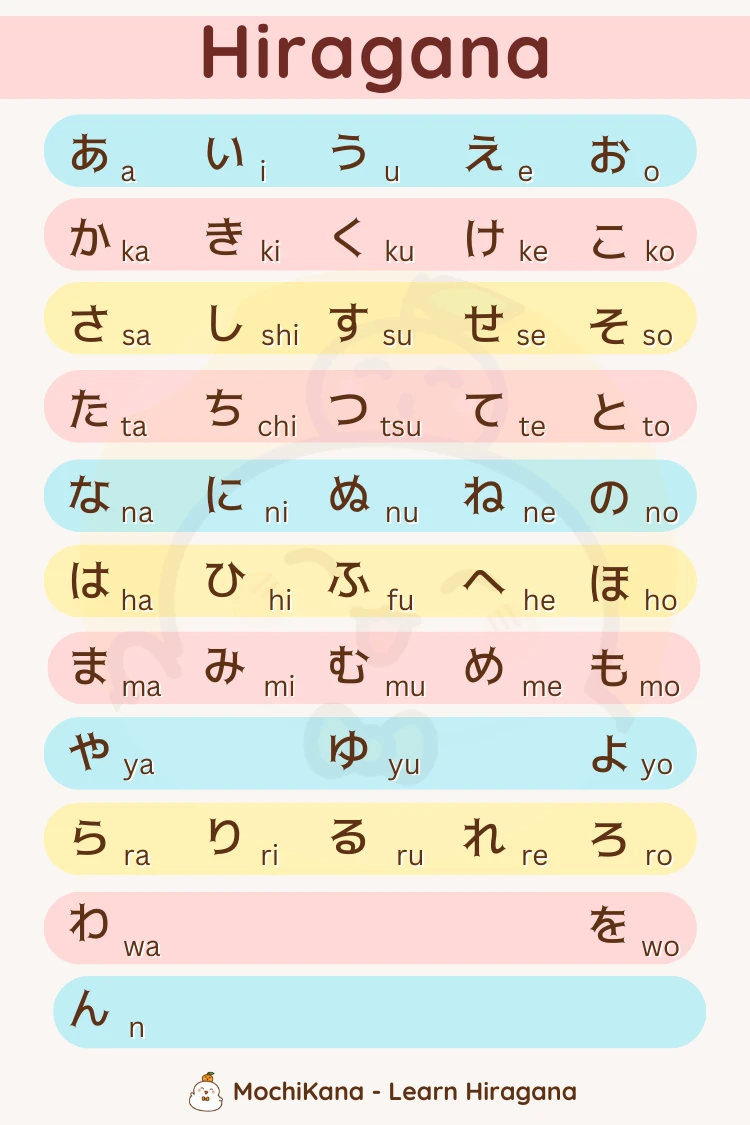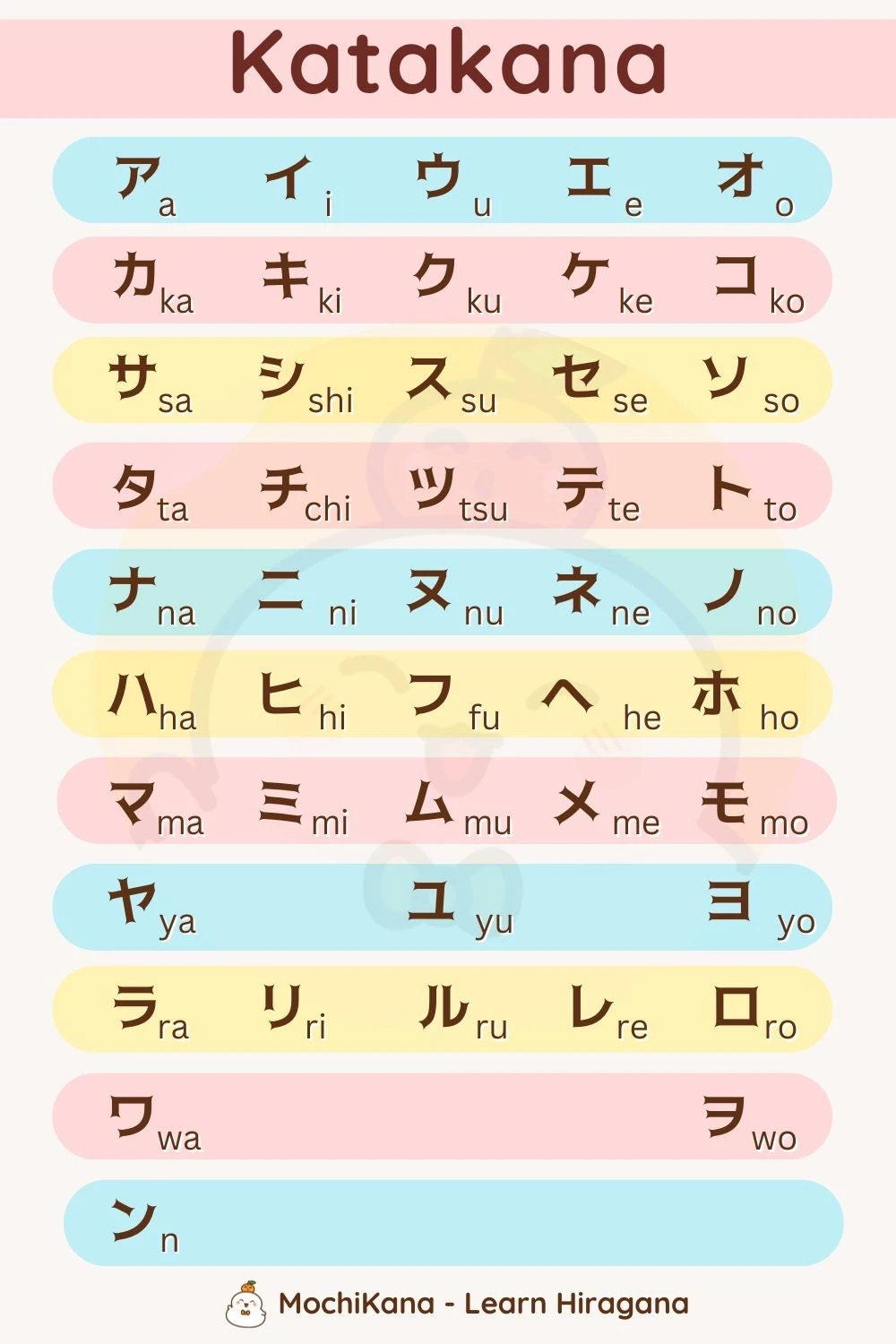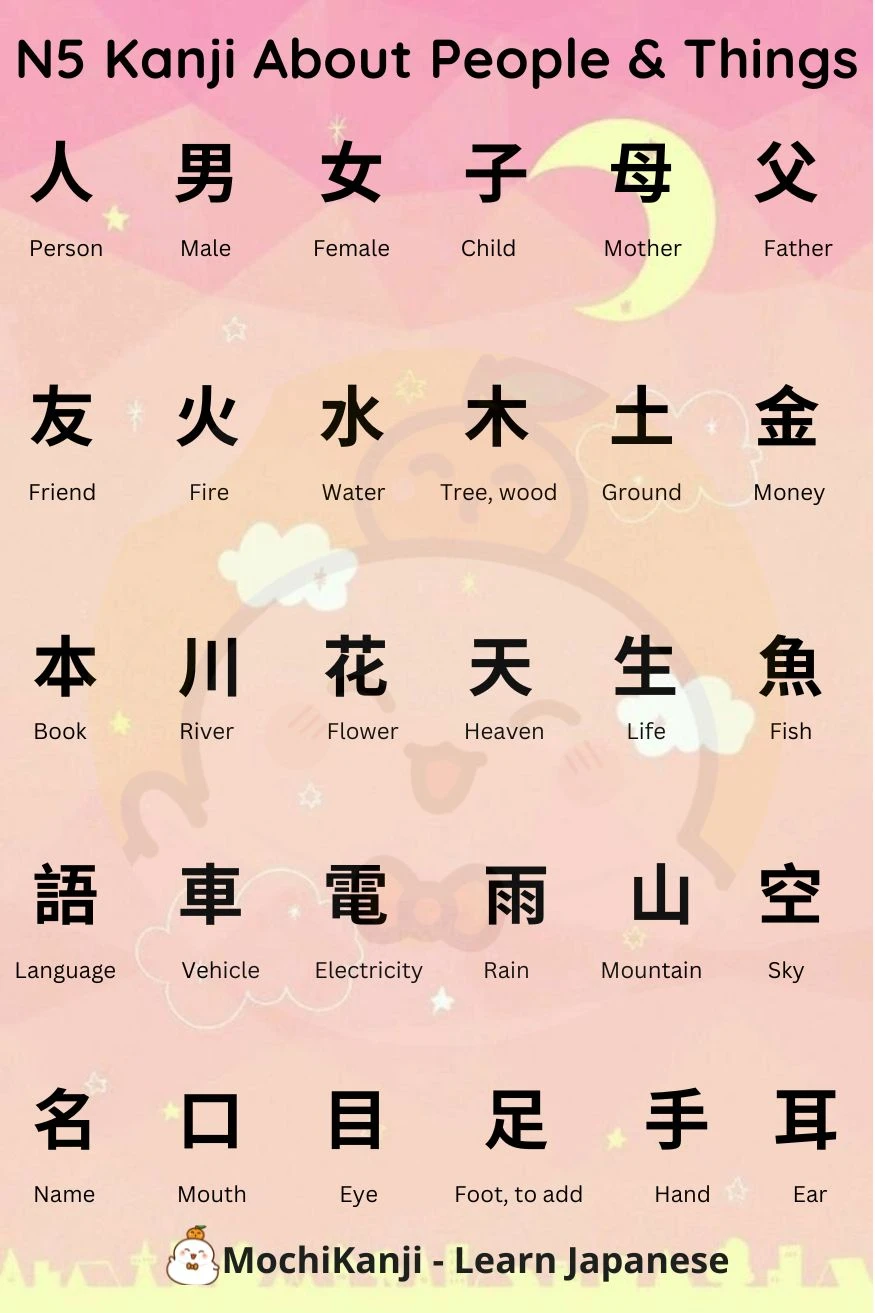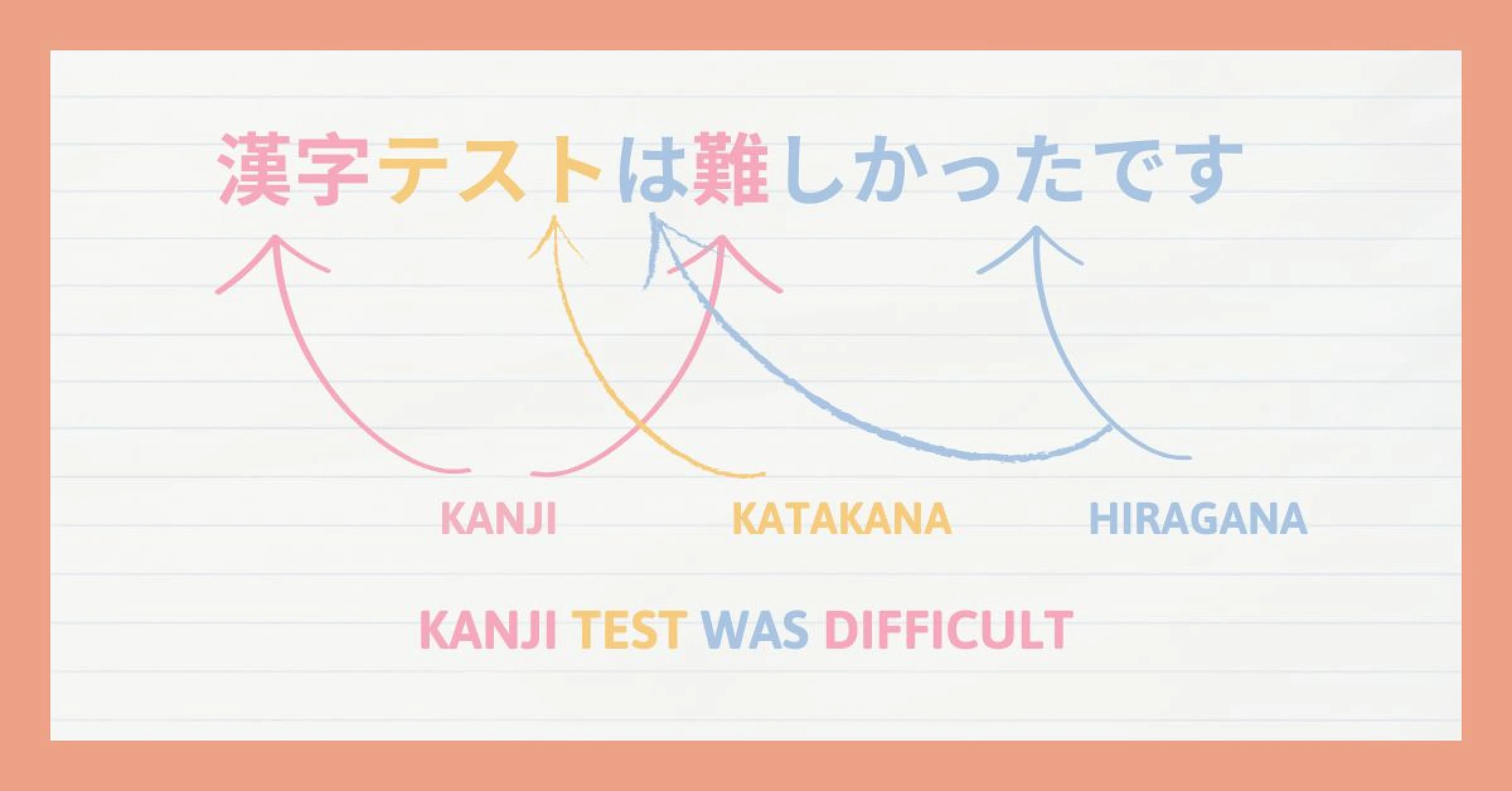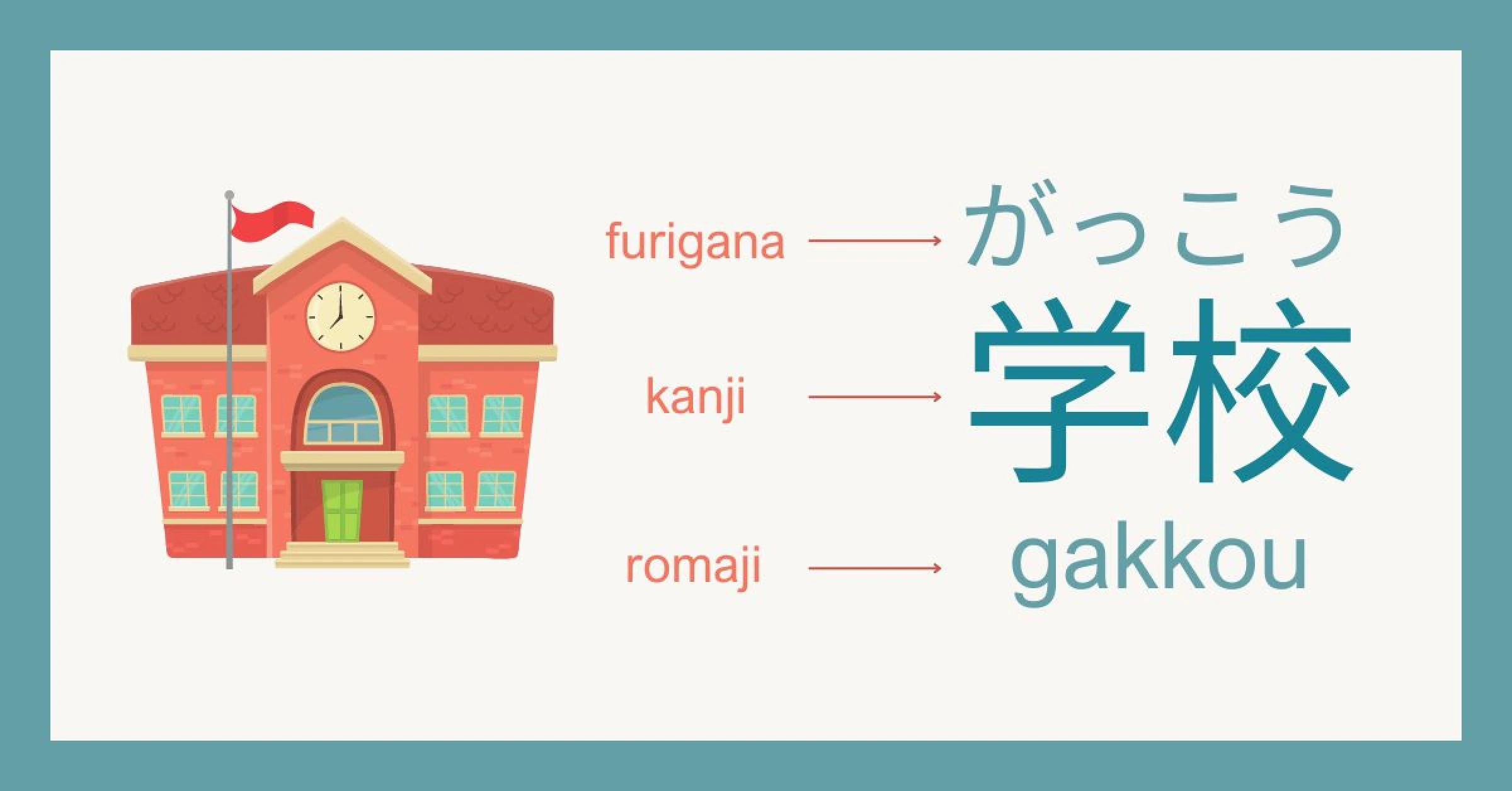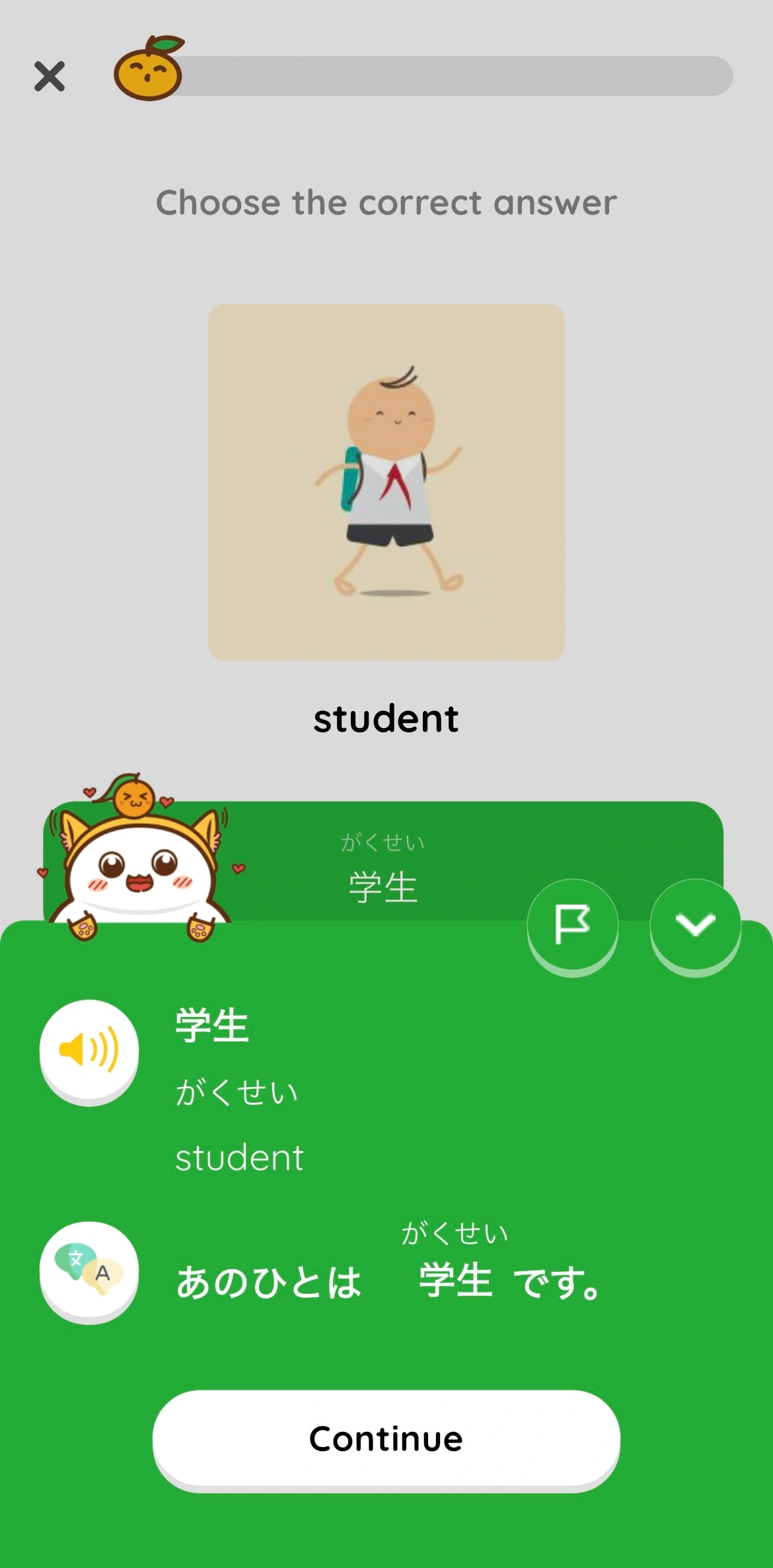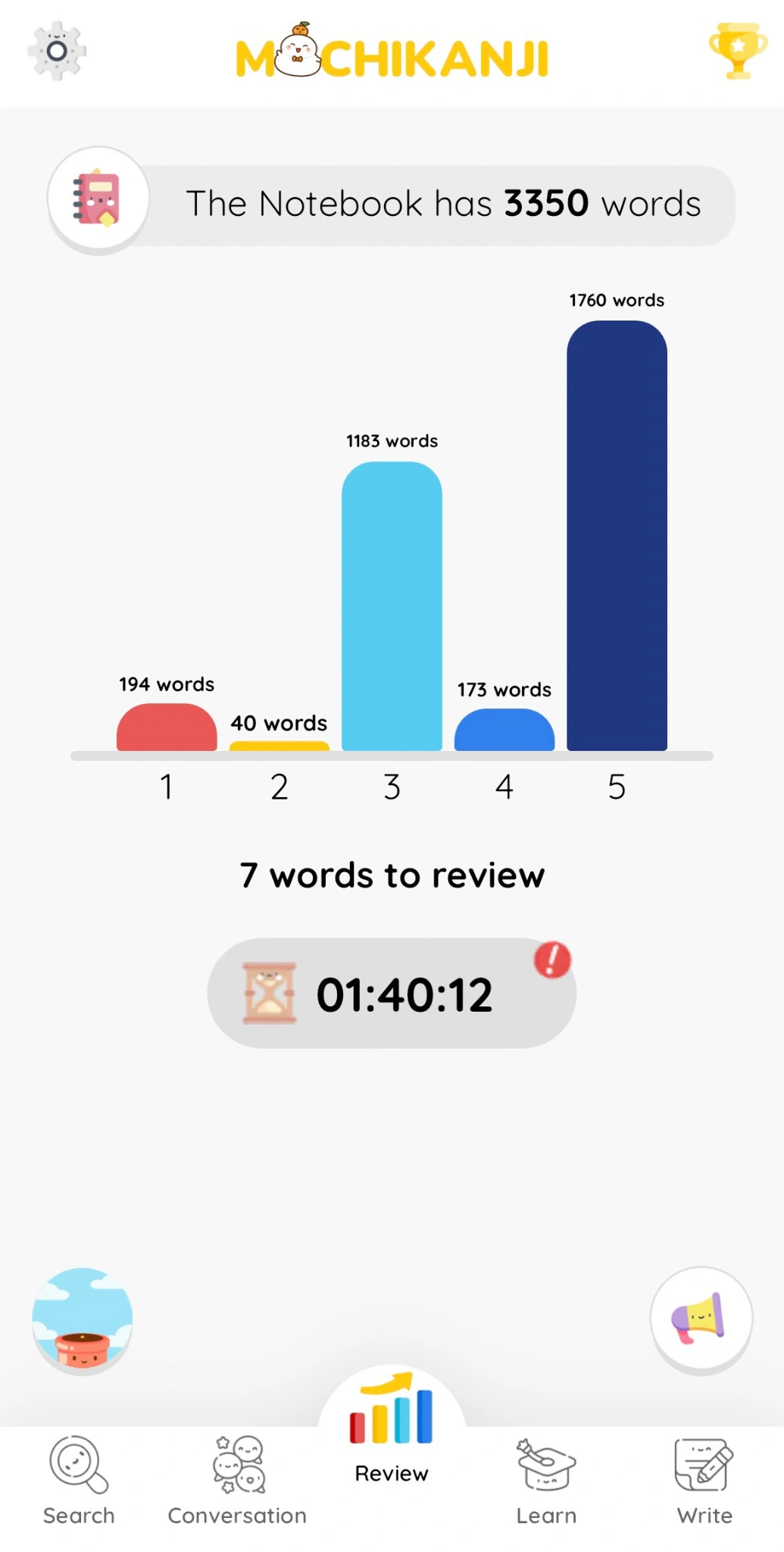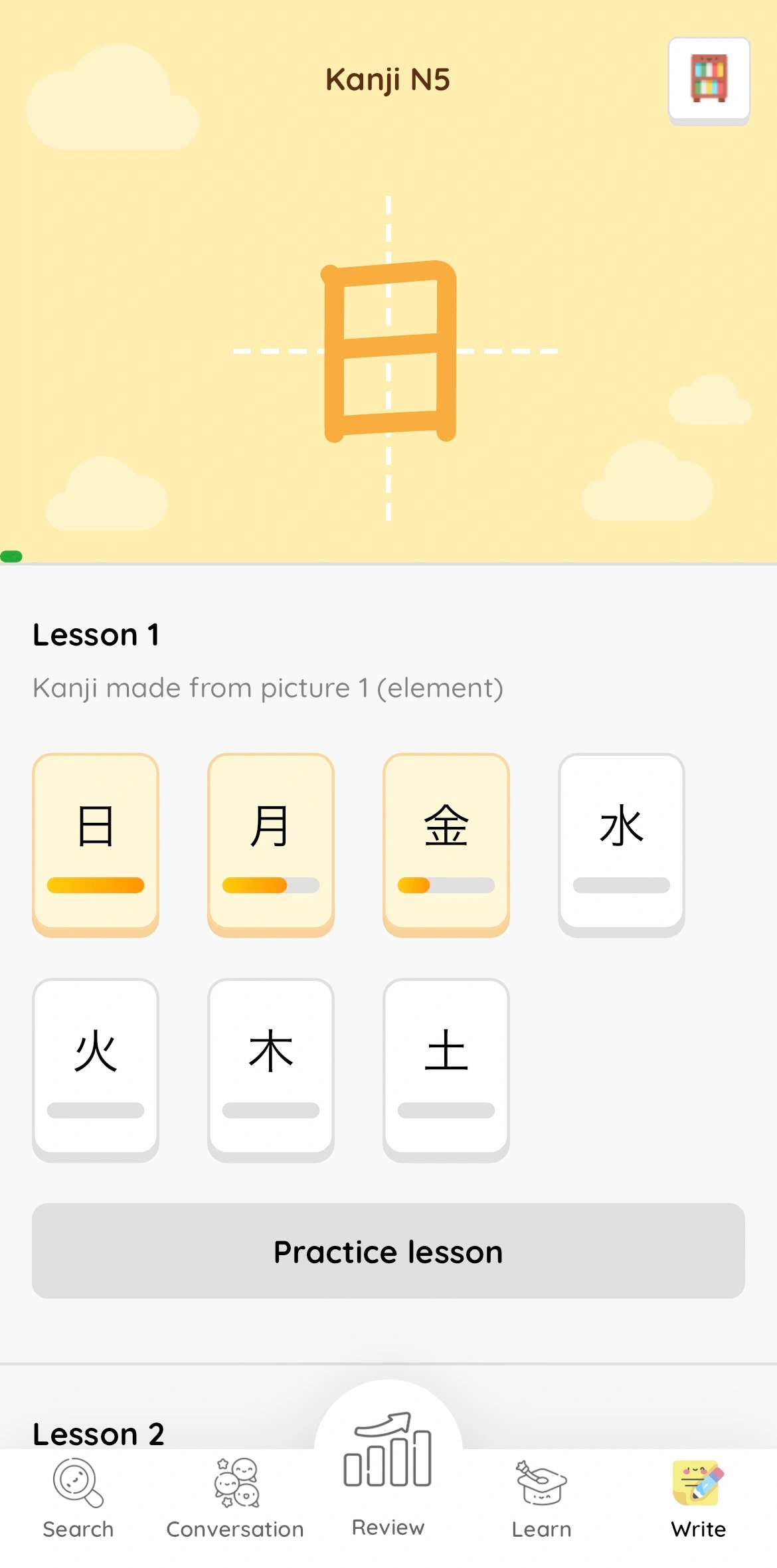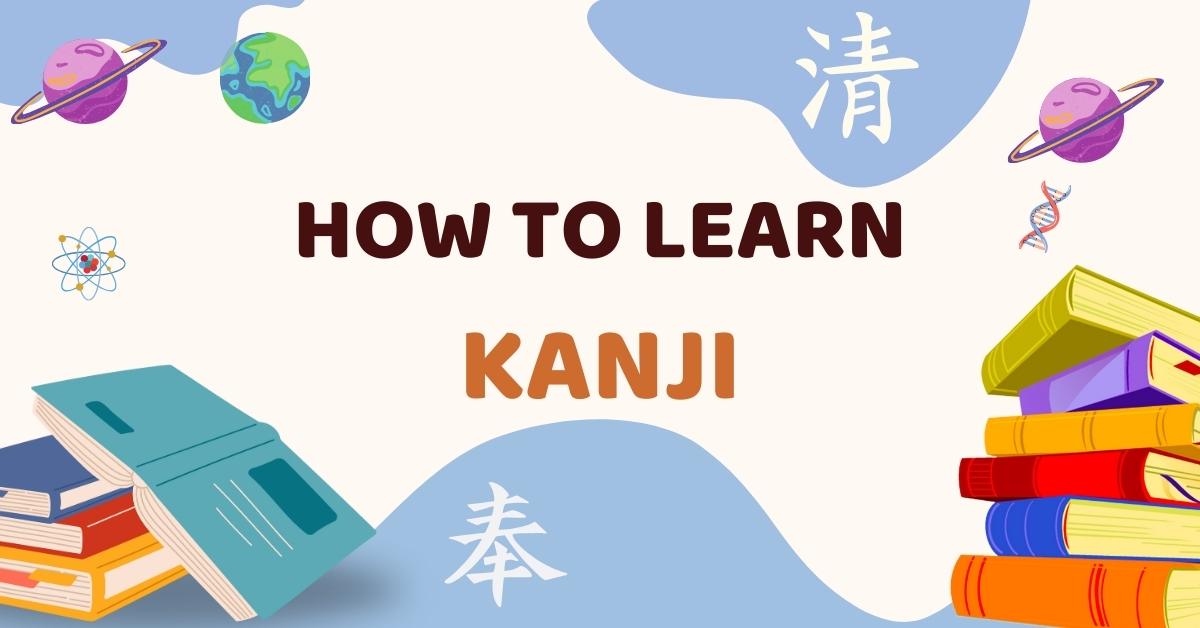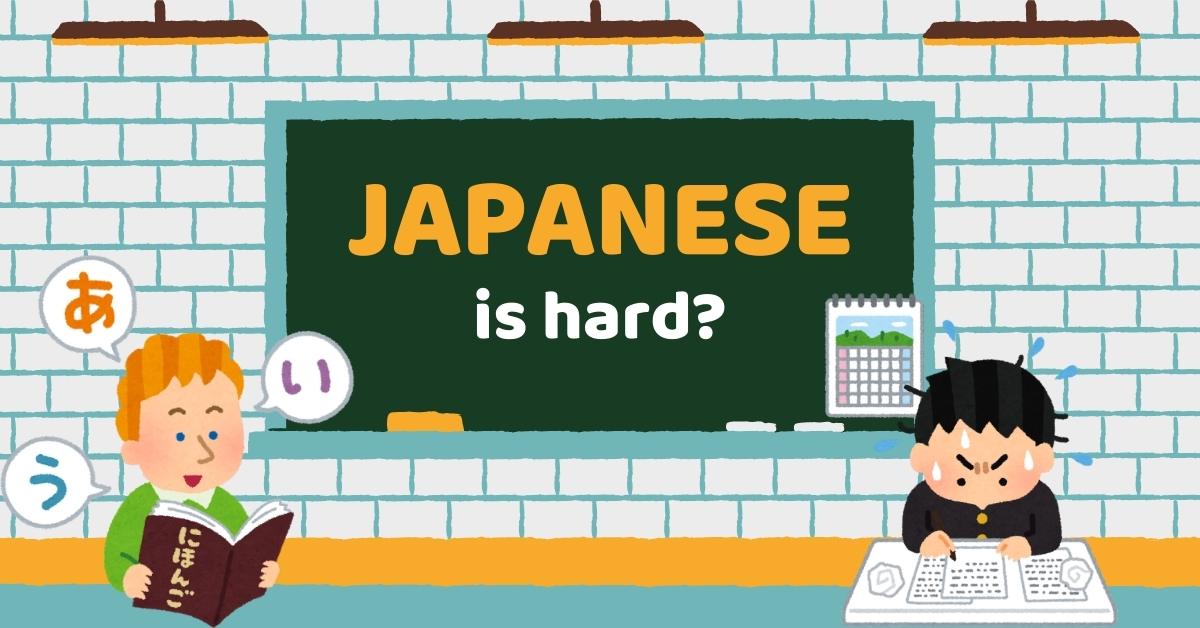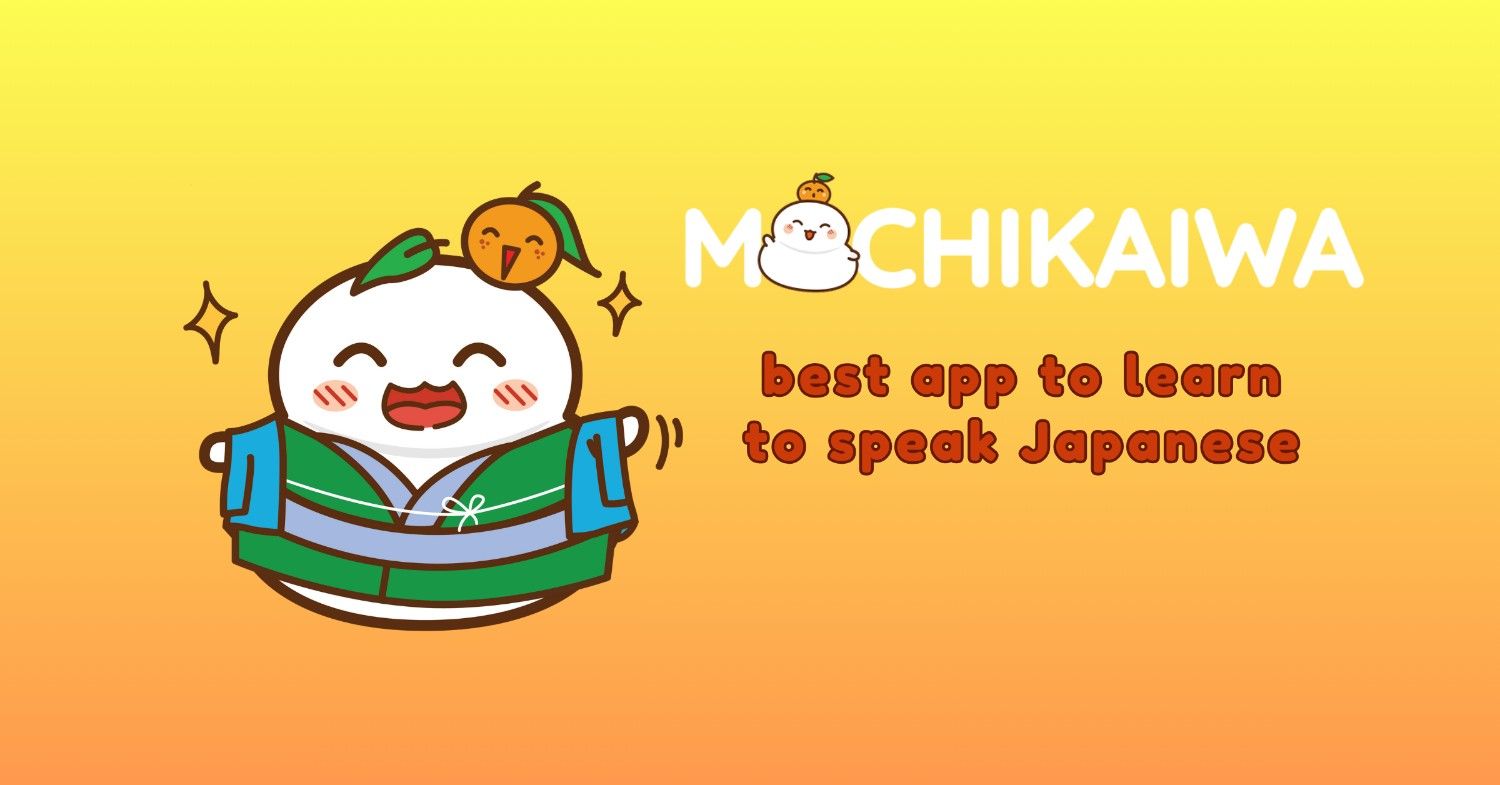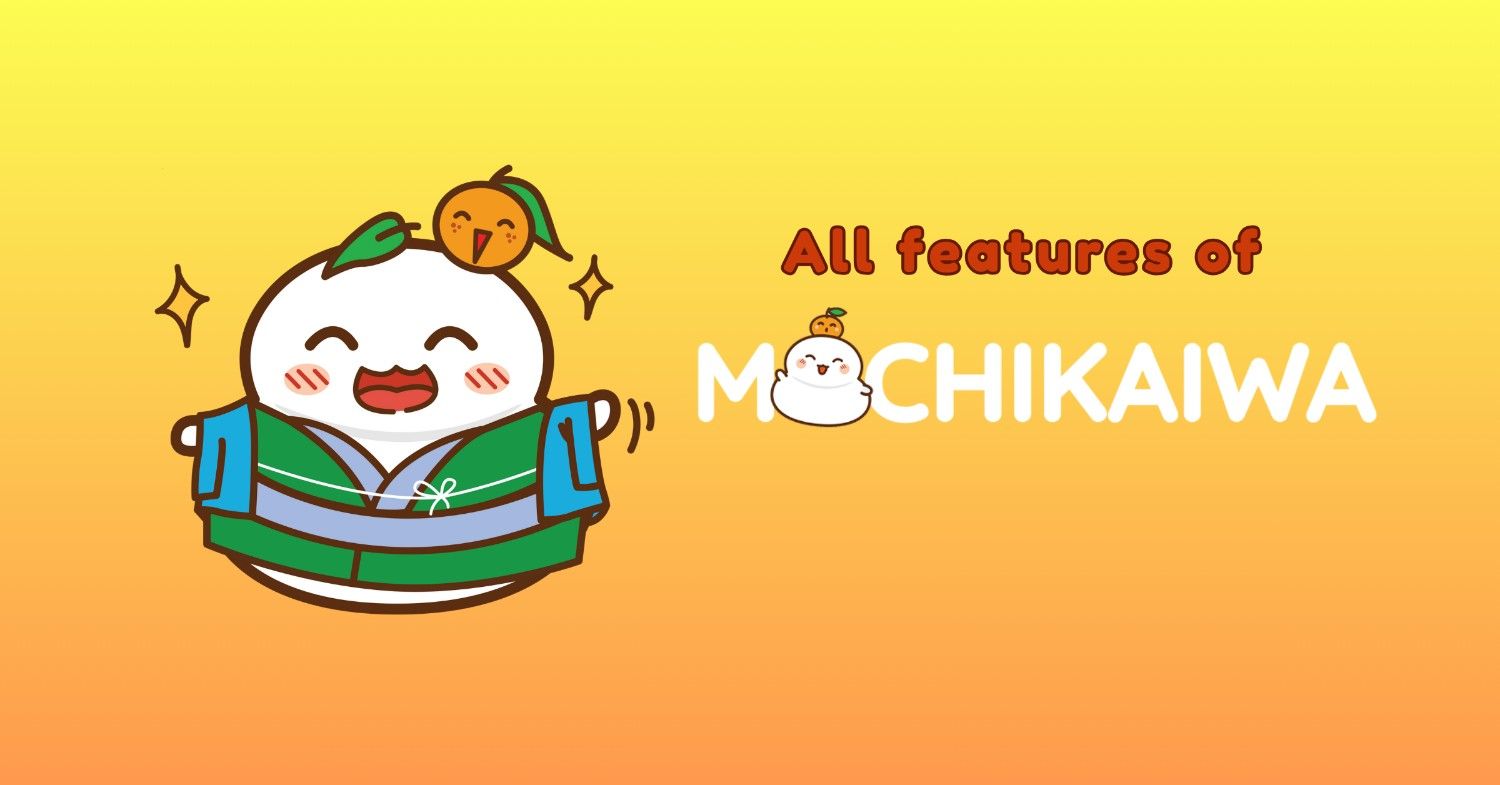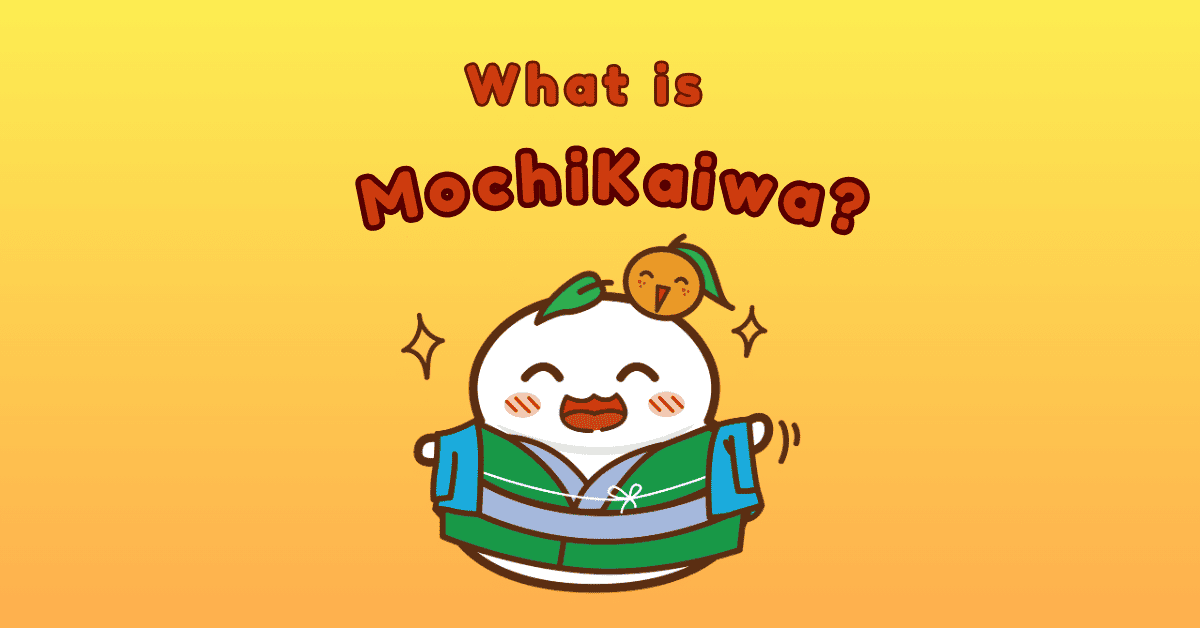The Japanese writing system is a fascinating blend of scripts that offers both challenges and delights to learners of the language. Known for its complexity and beauty, it consists of 3 main types of scripts – Hiragana, Katakana, and Kanji – each serving distinct functions within the language. This article will delve into what these scripts are, and how they are used in Japanese learning.
- What is the Japanese Writing System
- Romaji and Furigana
- The relevance between Japanese Scripts
- How to learn the Japanese Writing System

What is the Japanese Writing System
At its core, the Japanese writing system consists of two phonetic scripts (Hiragana and Katakana), collectively known as Kana, and one logographic script (Kanji).
Hiragana: This script is a phonetic alphabet consisting of 46 characters. Each character represents a distinct sound or syllable, making it the basic phonetic script in Japanese. This script is curvaceous and flowing, used primarily for grammatical elements such as verb and adjective endings, and native Japanese words not represented by Kanji. For example, あいさつ (aisatsu) – Greeting.
Katakana: With more angular and simplistic lines compared to Hiragana, Katakana is used mainly for foreign loanwords, scientific terms, names of plants and animals, and for emphasis. Katakana also includes 46 basic characters. For example, コーヒー (koohii) – Coffee.
Kanji: These characters are derived from Chinese writing and are used to represent most of the content words in the language, including nouns, core parts of verbs and adjectives, and most adverbs. Kanji are the most numerous of the scripts, with tens of thousands of characters, though a typical literate person knows around 2,000. These characters are used for nouns, the core parts of verbs and adjectives, and for conveying precise meanings.
The scripts are often used in combination in texts: Kanji conveys the main content, while Hiragana expresses the grammatical structure, and Katakana highlights foreign words or names. This combination allows for a fluid and dynamic expression in written Japanese.
Besides three scripts, sometimes learners will meet Romaji and Furigana, although they are not included in Japanese Writing System.
Romaji and Furigana
- Romaji: This is the Romanization of Japanese sounds using the Latin alphabet. It’s primarily used by foreigners and in language education to help beginners understand pronunciation without having to learn Japanese scripts initially.
- Furigana: These are small Kana characters placed above or beside Kanji to indicate their pronunciation. Furigana is especially useful for children or learners who may not know the reading of more complex Kanji.
The Relevance Between Japanese Scripts
The use of multiple scripts in Japanese writing is not just a matter of tradition but serves practical and aesthetic purposes. Hiragana is often used for grammatical functions, making sentences easier to parse and understand. Katakana, meanwhile, highlights foreign words, adding a layer of clarity and distinction. Kanji, with its ability to convey complex meanings in a single character, allows for concise and rich expression.
This interplay enhances readability and comprehension, as each script plays a role in demarcating different parts of speech and elements of the language. Learning how and when to use each script is crucial for anyone looking to achieve fluency and a deeper understanding of Japanese text.
How to learn the Japanese Writing System?
1. Start with Hiragana
Here are some steps to start learning Hiragana:
- Memorize the Characters: Begin by learning to read and write each of the 46 Hiragana characters. Use flashcards, apps, or write them out by hand to memorize their shapes and sounds.
- Practice Reading: Once you know the characters, practice reading them in context. Children’s books or beginner’s texts in Japanese can be great resources because they often use mostly Hiragana.
- Write Regularly: Start writing out simple sentences or keeping a daily journal in Hiragana to reinforce what you’ve learned.
For beginners, you can try MochiKana – Learn Hiragana – a Japanese learning tool focusing on Hiragana and Katakana alphabets memorizing. Besides 46 characters in each Hiragana and Katakana chart, there are many advanced characters required in Japanese. MochiKana covers all characters, divided into smaller lessons and topics.
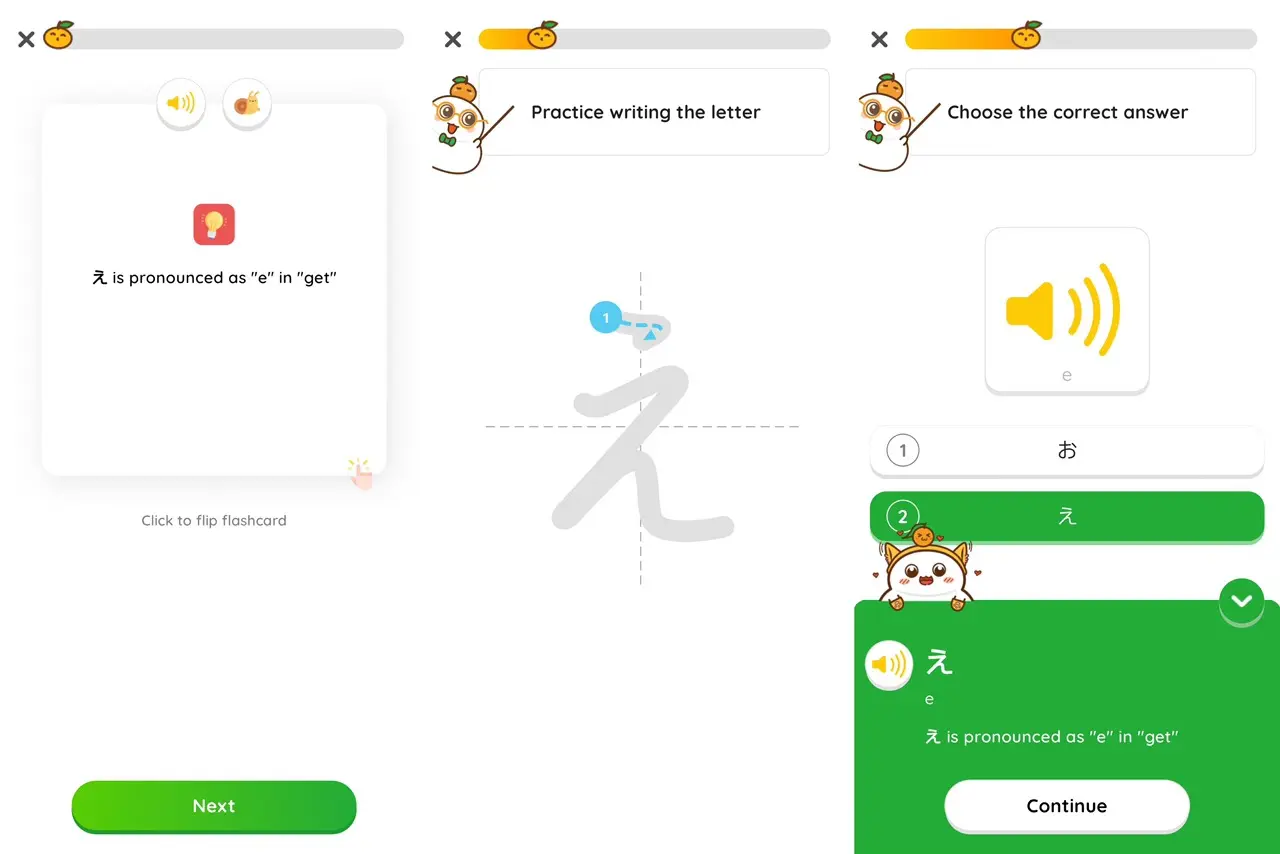
With MochiKana, you will learn each character with multiple games such as flashcards, writing, and quizzes. Additionally, MochiKana offers test and practice exercises helping you get familiar with the letters fast and effectively. You can download MochiKana on App Store, Google Play or using our website version!
2. Move on to Katakana
After mastering Hiragana, proceed to Katakana. Since Katakana is used primarily for foreign loanwords, scientific terms, and emphasis, it’s essential for reading modern Japanese texts.
- Learn the Characters: Like Hiragana, Katakana has 46 basic characters. Many look similar to Hiragana but are used differently. Flashcards and writing practice are also effective here.
- Practice with Loanwords: A fun way to practice Katakana is to write out words from your native language in Katakana. This can include names, foods, and common technical terms.
- Engage with Media: Look for menus, advertisements, and product labels, which often use Katakana. This will help you become accustomed to seeing and reading Katakana in real-world contexts.
3. Gradually Integrate Kanji
Kanji is the most challenging part of the Japanese writing system due to its complexity and the vast number of characters. However, Kanji is crucial for reading comprehension and communication.
- Start with Common Kanji: Begin with the most frequently used Kanji. The Japanese Ministry of Education has selected 2,136 characters known as the “Jouyou Kanji,” which cover general use.
- Use Mnemonics: Mnemonic devices can help you remember the meanings and pronunciations of Kanji. Create stories or associations based on the character’s shape.
- Practice with Example Sentences: Learning Kanji in context helps with understanding and retention. Use textbooks or digital resources that provide example sentences.
- Consistent Practice: Set a goal to learn a certain number of Kanji each week, and use spaced repetition systems (SRS) like MochiKanji – Learn Japanese app to review and retain characters.
MochiKanji helps you memorize 1000 Kanji and vocabulary in just one month by reminding you to review at “Golden Time” – the best time for your brain. For those who love writing, MochiKanji offers writing courses for Kanji N5-N2. Give it a try!
Now you understand what is Japanese Writing System and how to learn them, right? Start learning Japanese language by mastering these scripts: Hiragana, Katakana and Kanji today!
FAQs
What are the 3 types of Japanese writing?
The three types of Japanese writing are Hiragana, Katakana, and Kanji. Each serves a different purpose in the language.
What writing system does Japan mostly use?
Japan primarily uses a combination of all three writing systems: Hiragana for native Japanese words and grammatical functions, Katakana for foreign words and emphasis, and Kanji for nouns, verbs, and adjectives.
What is hiragana vs kanji vs katakana?
- Hiragana is a phonetic script used for native Japanese words, grammatical elements, and children’s literature. Each character represents a syllable.
- Kanji consists of characters borrowed from Chinese, representing whole words or concepts. They are often used for nouns, verbs, and adjectives.
- Katakana is another phonetic script, mainly used for foreign words, loanwords, onomatopoeia, and for emphasis. Like Hiragana, each character represents a syllable.
What is the Japanese format for writing?
Japanese can be written both horizontally (left to right) and vertically (top to bottom). In vertical writing, the text starts from the top right corner of the page and moves downwards, with lines ordered from right to left. Horizontal writing is more common in modern texts, especially in digital formats.

